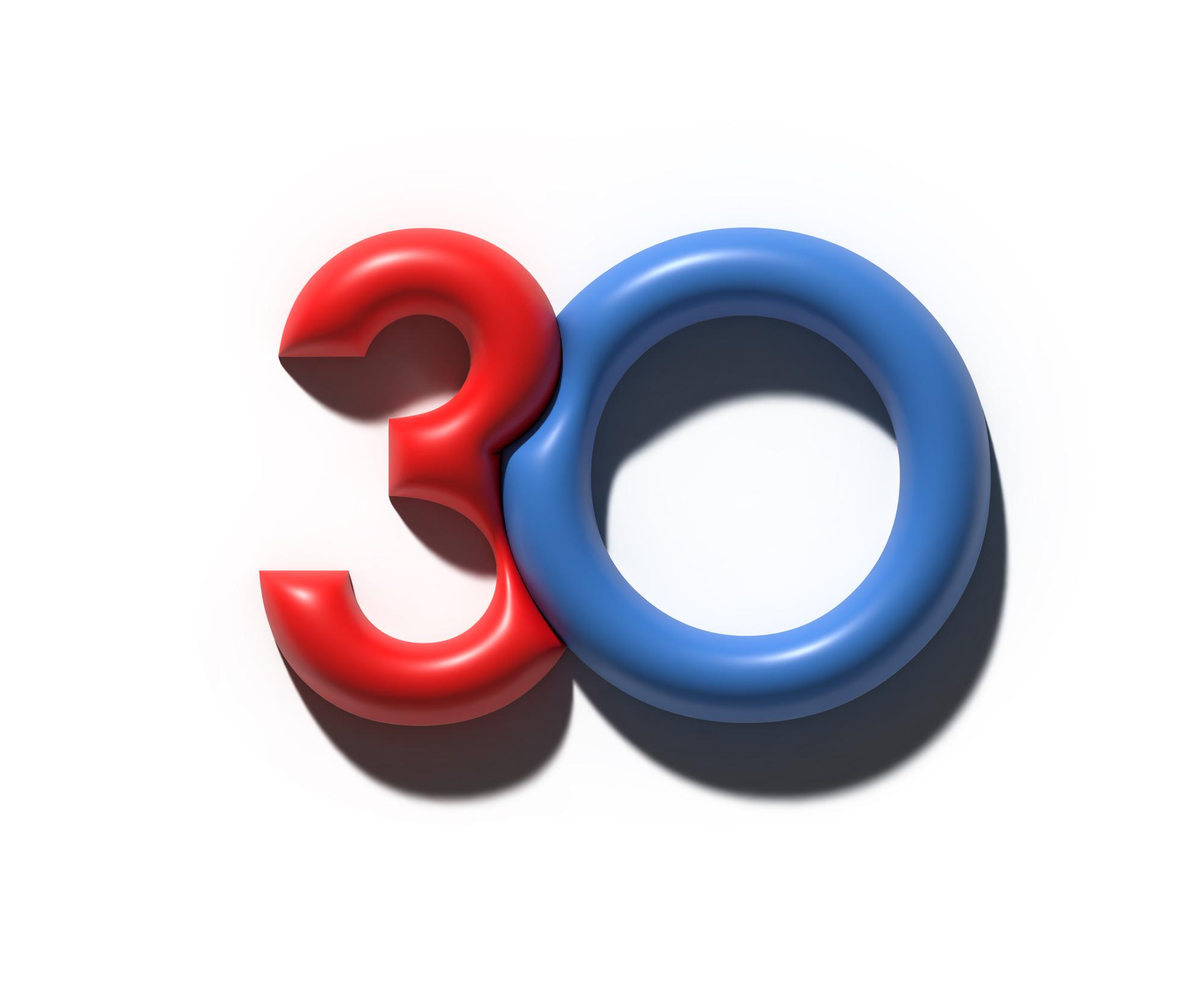In a world where consumers are bombarded with offers daily, creating urgency is one of the most powerful ways to move someone from browsing to buying. But urgency done poorly feels pushy or dishonest—and can repel prospects. The sweet spot lies in understanding the psychology of urgency and applying FOMO (Fear of Missing Out) triggers in ethical, high-trust ways..
Why FOMO Works: The Psychology Behind Urgency
Before we jump into tactics, it helps to understand why FOMO is effective.





Used ethically, urgency and scarcity can motivate without manipulating. Misused—with false deadlines, faked scarcity, or constant pressure—they backfire. The goal is persuasive, not pushy.
To get started, here are 5 FOMO triggers that actually work—each with psychological backing, usage advice, and examples you can adopt for your business.
1. Limited-Time Offers & Countdown Clocks
Trigger
“This offer ends in 24 hours” — often paired with a ticking countdown.
Psychological pull
A visible clock amplifies time pressure. It forces users to act before the window closes.
How to use it ethically
- Use a real deadline (date and time) with clear terms.
- Display time zone and handle expiration gracefully.
- Don’t reset the timer constantly—it erodes trust.
Example (with Converstar)
On your pricing or upgrade page, show a flash sale with “Only 48 hours left to get 20% off”. Use Converstar’s overlay or popup features to display a countdown timer that nudges urgency.
2. Limited Quantity or Low Stock Alerts
Trigger
“Only 3 spots left,” “Low inventory”, “Limited seats available.”
Psychological pull
When something is scarce, we assume higher value—and we fear missing it.
How to use it ethically
- Only show low stock or limited slots when they truly exist.
- Update dynamically so you don’t mislead.
- Make clear what the limit refers to (licenses, access seats, etc.).
Example
If your Converstar Premium plan has limited onboarding capacity each month, present “Just 5 premium seats left this month.” Prospective buyers perceive exclusivity and act faster.
3. Exclusive Access or Invite-Only Offers
Trigger
“By invitation only,” “Exclusive early access,” “First 100 users only.”
Psychological pull
Belonging to an exclusive group feels special. It appeals to status, identity, and the fear of being left out.
How to use it ethically
- Base exclusivity on real criteria (waiting list, early adopters, legacy users).
- Be transparent who qualifies, and expand if you choose to open access.
Example
You might launch a Converstar Premium “Founders Access” with a limited invite list early on, offering extra perks to early adopters. Use campaign messages to highlight that this exclusive access is only during beta.
4.Real-Time Social Proof & Activity Notifications
Trigger
“John from Lagos just signed up,” “5 people viewing this right now.”
Psychological pull
Seeing others act signals value. It taps into social proof and the fear of missing what others are doing.
How to use it ethically
- Use real or closely plausible data. If simulated, disclose or choose carefully.
- Update frequently but reasonably to avoid fatigue.
- Avoid revealing personal data (full names, precise location) to respect privacy.
Example
On your pricing or landing page, use Converstar to deploy real-time popups like “3 users just claimed their Premium access.” This subtle nudge reinforces momentum.
5. Time-Limited Bonuses & Add-Ons
Trigger
“Buy now and get a bonus,” e.g. “Free month of VIP support if you act by midnight.”
Psychological pull
Bonuses framed in a limited window feel more valuable because you could lose the opportunity.
How to use it ethically
- Clearly state the bonus terms: what’s included, duration, when it expires.
- Don’t keep re-extending the bonus indefinitely—it dilutes value.
Example
For Converstar Premium, run a “Sign up in next 24 hours and get free VIP support for 1 month.” Display bonus banners and popups during the campaign to drive urgency.
Putting It All Together: Ethical Urgency + Converstar Tool
Your urgency strategy will be stronger when you combine multiple triggers, but do it tastefully:
- Use a countdown + limited seats combo (e.g. “Only 5 seats left — offer expires in 12:23:45”).
- Layer social proof to reinforce action (e.g. “Just now, Susan from Abuja claimed a seat”).
- Offer a time-limited bonus as a final push (e.g. “Register now and get extra training”).
With Converstar Premium (see this link: https://getconverstar.com/premium ) you can configure countdowns, scarcity banners, social proof popups, and bonus overlays — all without heavy dev work. Use it after you’ve defined your offer terms and messaging.
Best Practices & Ethical Considerations
- To maintain credibility and long-term trust:
- Never fake scarcity or deadlines — if you do, users will stop trusting you.
- Be clear and transparent with thresholds (time, quantity, bonus).
- Use urgency sparingly — constant “ending soon” messages dilute power.
- Respect consumers’ decision journey — some need more time.
- Monitor feedback and conversions — adjust if people feel pressured or walk away.
- Use analytics to validate which triggers actually lift conversions for your audience.
Sample Campaign Flow (Using FOMO + Converstar)
Let’s sketch an example:







Final Thoughts
The power of urgency lies not in pressure, but in timely persuasion. FOMO is rooted deeply in human psychology—loss aversion, social proof, scarcity—but your use must be grounded in honesty, clarity, and respect. Used well, it nudges hesitant prospects to act. Used poorly, it undermines trust.
If you’re ready to implement urgency, scarcity, and social proof into your funnel, Converstar Premium offers a powerful toolkit. Configure your triggers, test combinations, and refine based on data. And always remember: persuasion should elevate trust, not erode it.







